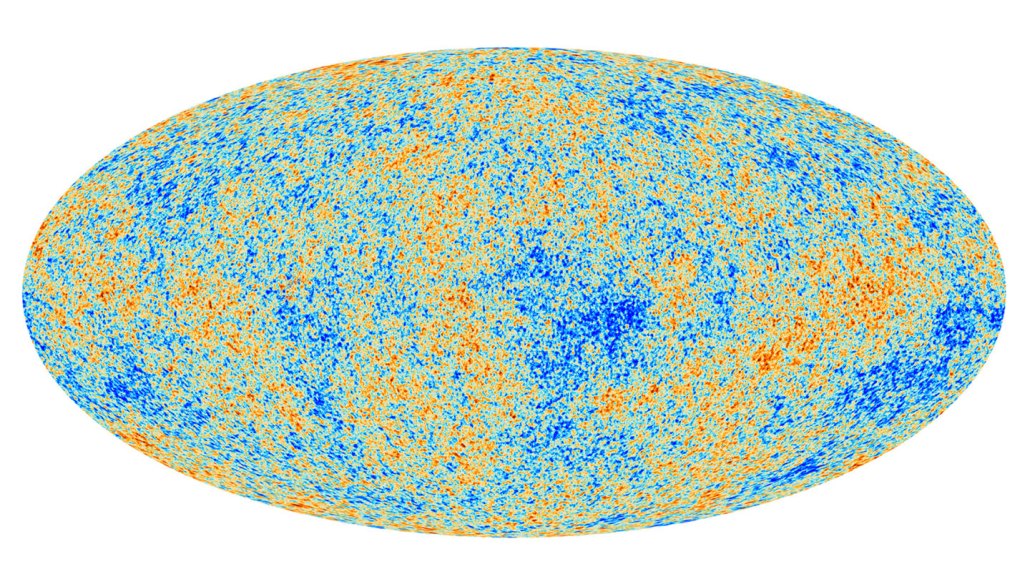atom: The basic unit of a chemical element. Atoms are made up of a dense nucleus that contains positively charged protons and uncharged neutrons. The nucleus is orbited by a cloud of negatively charged electrons.
Big Bang: The rapid expansion of dense matter and space-time that, according to current theory, marked the origin of the universe. It is supported by astronomers’ current understanding of the composition and structure of the universe.
cosmic: An adjective that refers to the cosmos — the universe and everything within it.
cosmic microwave background: A type of radiation that fills the universe with a faint glow. It seems to flow in all directions and with an equal intensity. It's the heat left over from the Big Bang and that should exist throughout the universe. It is estimated to be about 2.725 degrees above absolute zero.
cosmos: (adj. cosmic) A term that refers to the universe and everything within it.
density: The measure of how condensed some object is, found by dividing its mass by its volume.
electromagnetic: An adjective referring to light radiation, to magnetism or to both.
electromagnetic spectrum: The range of radiation that spans from gamma- and X-rays through visible light and on to radio waves. Each type of radiation within the spectrum typically is classified by its wavelength.
electron: A negatively charged particle, usually found orbiting the outer regions of an atom; also, the carrier of electricity within solids.
kelvin: A temperature scale that has units the size of those on the Celsius scale. The difference, 0 kelvin is absolute zero. So 0 kelvin is equal to -273.15º Celsius. That means 0º Celsius is equal to 273.15 kelvins. NOTE: Unlike with the Celsius and Fahrenheit scales, there is no use of the term “degrees” for numbers on the kelvin scale.
matter: Something that occupies space and has mass. Anything on Earth with matter will have a property described as "weight."
opaque: Unable to see through, blocking light.
particle: A minute amount of something.
plasma: (in chemistry and physics) A gaseous state of matter in which electrons separate from the atom. A plasma includes both positively and negatively charged particles.
proton: A subatomic particle that is one of the basic building blocks of the atoms that make up matter. Protons belong to the family of particles known as hadrons.
spectrum: (plural: spectra) A range of related things that appear in some order. (in light and energy) The range of electromagnetic radiation types; they span from gamma rays to X rays, ultraviolet light, visible light, infrared energy, microwaves and radio waves.
star: The basic building block from which galaxies are made. Stars develop when gravity compacts clouds of gas. When they become hot enough, stars will emit light and sometimes other forms of electromagnetic radiation. The sun is our closest star.
telescope: Usually a light-collecting instrument that makes distant objects appear nearer through the use of lenses or a combination of curved mirrors and lenses. Some, however, collect radio emissions (energy from a different portion of the electromagnetic spectrum) through a network of antennas.
universe: The entire cosmos: All things that exist throughout space and time. It has been expanding since its formation during an event known as the Big Bang, some 13.8 billion years ago (give or take a few hundred million years).
wave: A disturbance or variation that travels through space and matter in a regular, oscillating fashion.







